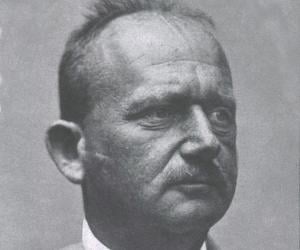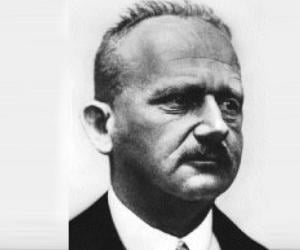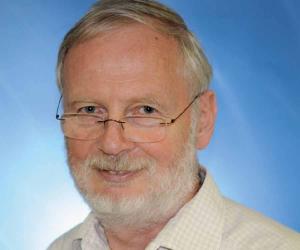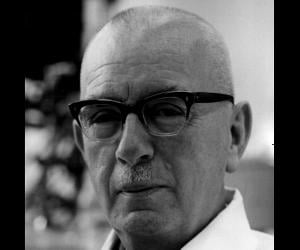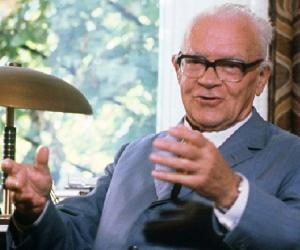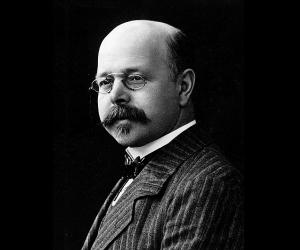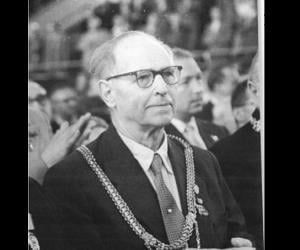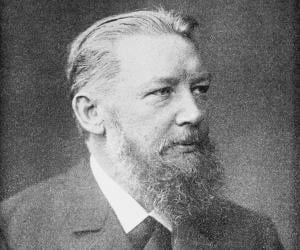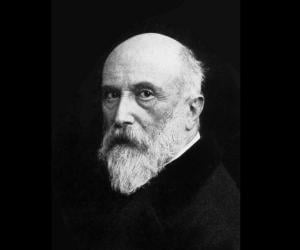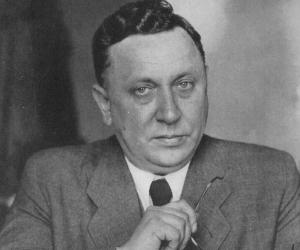Born In: Höchst on Main, Germany
Hans Fischer
(Chemist)
Hans Fischer was a famous German organic chemist. He was awarded the Nobel Prize in Chemistry for his research in the structure of hemin, the red blood pigment, and chlorophyll, the green pigment in plants. His discovery made possible the artificial synthesis of hemin, ( the crystalline product of haemoglobin that provides the red color of the blood) from simpler organic compounds whose structure was recognized. He also studied the relationship between hemin and chlorophyll. He had worked extensively on the synthesis of chlorophyll. Along with these, Fischer studied carotene and porphyrin which are derivatives of hemin and figured out the structural formulas for both bilirubin that causes the yellow color in jaundice and biliverdin that causes the yellowish color of the bruises. He carried out microanalyses of more than 60,000 substances. Most of his research papers were published in the scientific journals, ‘Liebigs Annalen der Chemie’ and ‘Hoppe-Seylers Zeitschrift für physiologische Chemie’. Apart from being a brilliant chemist, he was also a very efficient administrator of a research institute. Fischer was very popular with his staff and students. Even though he suffered from serious surgical tuberculosis yet it did not stop him from being an enthusiastic mountaineer, skier, and motorist. The lunar crater Fischer is named after Hans Fischer and Hermann Emil Fischer.
Born In: Höchst on Main, Germany
1
2
1
2
